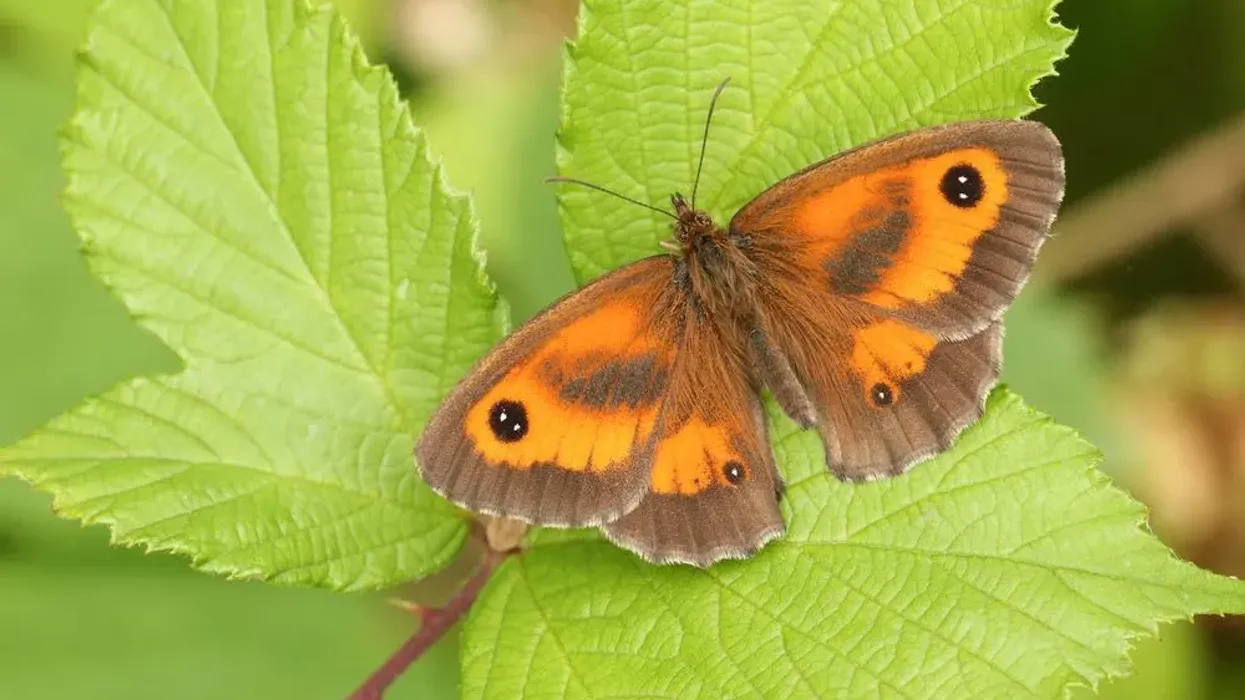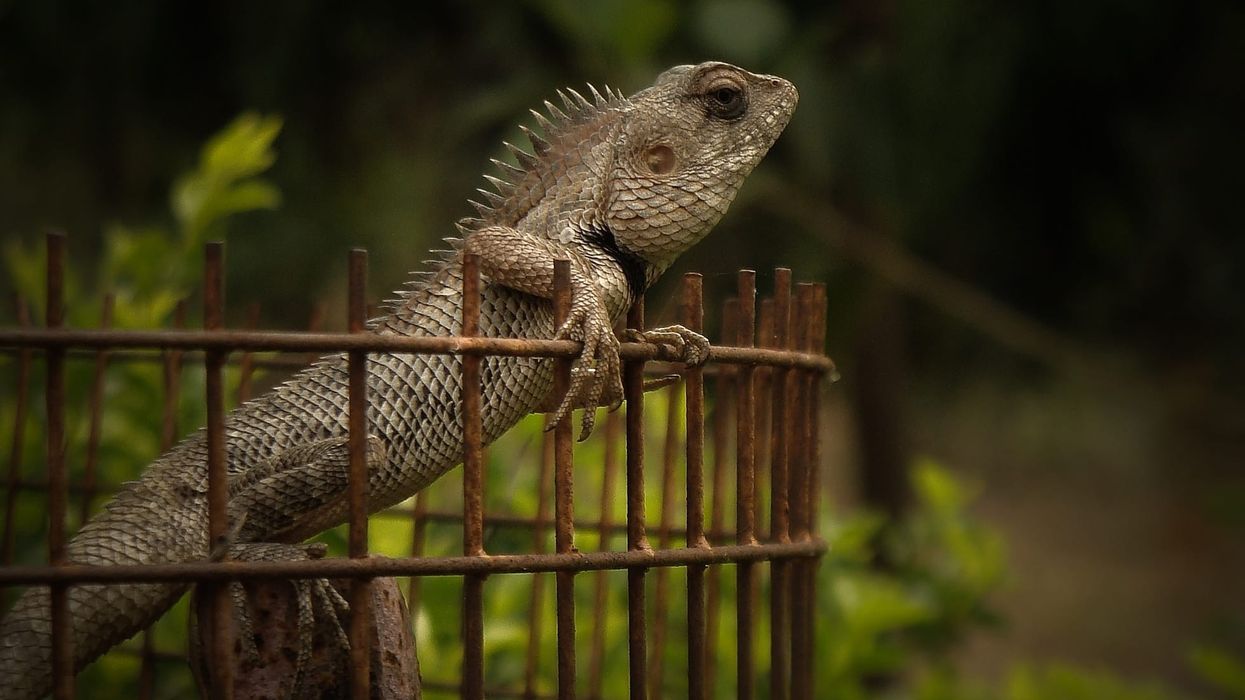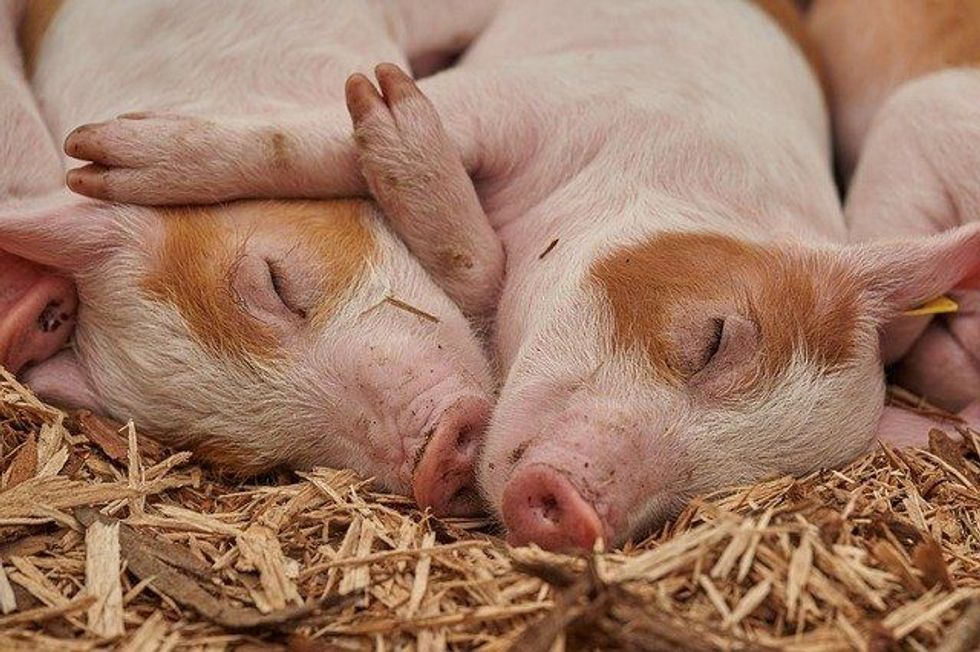The gatekeeper butterfly (pyronia tithonus) is most ordinarily found in southern and eastern Britain and waterfront spaces of south and south-east Ireland. Gatekeeper butterfly is found in the Channel Islands, however not in Scotland nor the Isle of Man.
Given its inclination for hotter climates, the limitation of habitat range can be attributed to the environment.
The population of gatekeeper butterfly species differs in size as per the accessible territory and can go from two or three dozen to a few thousand butterflies. Gatekeeper butterfly can be seen flying with its colorful wings in the summer on woodlands and grasslands.
Here are some interesting facts related to the gatekeeper for your perusal. After checking these gatekeeper butterfly facts, do check out our other articles on morpho butterfly and purple emperor butterfly.
Gatekeeper Interesting Facts
What type of animal is a gatekeeper?
The gatekeeper is a species of butterfly and is an individual from the subfamily Satyrinae in the family Nymphalidae. You can identify a gatekeeper butterfly through black and white eyespot on both the forewings.
What class of animal does a gatekeeper belong to?
A gatekeeper belongs to the Insecta class of animals of the family Nymphalidae.
How many gatekeepers are there in the world?
There is no exact count available regarding the total number of gatekeeper butterflies in the world. But as their conservation status has been listed as Not Extinct, their population can be assumed to be stable across the range of habitat.
Where does a gatekeeper live?
Gatekeeper butterflies inhabit forests and woodlands with thick vegetation and grass. This species can be primarily found across England and Wales.
What is a gatekeeper's habitat?
The gatekeeper butterfly habitat is present in forest areas with tall grass. Their habitat is present also in regions along long hedgerows and in woodland rides.
Who do gatekeepers live with?
Gatekeeper butterflies can be found living with other members of their species along with their habitat range. The groups of gatekeeper butterflies are known as a kaleidoscope, a swarm, or a flutter.
How long does a gatekeeper live?
The gatekeeper butterfly's life span range is around two to three weeks and sometimes they can live for around four weeks, as well.
How do they reproduce?
Gatekeeper butterflies are born every year, with grown-ups coming up in July and dying towards the beginning of August. Males set up their breeding territory and start searching for a female.
After the pair has been formed, the mating process takes about 60 minutes, during which gatekeeper butterflies stay fixed with their wings shut. Afterward, the female lays around 100-200 eggs.
What is their conservation status?
The population of gatekeeper butterflies is at a present stable across their habitat in the UK. The population status of the gatekeeper butterfly has been listed as Not Extinct yet, indicating that their numbers are stable across the habitat.
Gatekeeper Fun Facts
What do gatekeepers look like?
The gatekeeper butterfly has an orange body with two enormous black and white-colored spots on its wings. The eyespots on the front wings undoubtedly help reduce attacks by birds, as a result, the gatekeeper is regularly seen resting with its wings open. The number of spots on the underside of the rear wings varies across individuals.
How cute are they?
Beautiful orange-colored gatekeepers are adorable when they are spotted flying or when they are seen sucking nectar from flowers.
How do they communicate?
Grown-up gatekeeper butterflies communicate with each other generally through body movements. Male gatekeeper butterflies produce chemicals called pheromones to attract the female gatekeeper butterflies during the breeding season.
How big is a gatekeeper?
Gatekeeper butterfly wingspan is around 1.57 in (4 cm).
How fast can gatekeepers fly?
Gatekeepers can fly at a speed of up to 10 mph (16 kph). However, a skipper butterfly can fly as quickly as 20 mph (30 kph).
How much does a gatekeeper weigh?
Female gatekeeper butterflies are heavier than male gatekeepers. The normal weight of a male gatekeeper butterfly is 1.7 oz (48 g), and the normal weight of the female gatekeeper butterfly is 1.76 oz (50 g).
What are the male and female names of the species?
Males and females in gatekeeper butterflies are known as male gatekeeper butterflies and female gatekeeper butterflies.
What would you call a baby gatekeeper?
There are four stages for the growth stage of a butterfly and the baby stage of the gatekeeper butterfly is called the larvae (caterpillar).
What do they eat?
Both male and female gatekeeper butterflies feed on nectar. They likewise benefit from whatever nectar sources are accessible, bramble and ragwort being specific top choices.
Grown-ups feed basically on briers (Rubus spp. ), common fleabane (Pulicaria dysenterica), and ragworts (Jacobaea spp.). But you would be surprised to know about the most unusual sources of mud puddling for gatekeeper butterflies, blood and tears of humans.
Are they dangerous?
No, gatekeeper butterflies are not dangerous. Gatekeeper butterflies are harmless and are in no way a threat to humans or any other insects in any way.
Would they make a good pet?
Yes, gatekeeper butterflies make incredible pets both for youngsters and for grown-ups. Gatekeeper butterflies are additionally tremendous pets as long as their usual requirements with respect to flying space and food are met.
Did you know...
The color of the wings of gatekeeper butterflies is variable and around twelve variations (a variety in wing example to the typical structure) have been identified.
Variations in the appearance of gatekeeper butterflies can take place for various reasons such as habitat and diet.
Naming the gatekeeper butterfly
As per its English name, the gatekeeper is named so for its rigorous patrol of hedges and woodland rides. The gatekeeper is otherwise also known as the hedge brown.
Do gatekeeper butterflies hibernate?
Yes, gatekeeper butterfly caterpillars sleep in September when they are still tiny in size. They become active again from March and accomplish full development by late May or early June – when they pupate to become grown-ups.
Here at Kidadl, we have carefully created lots of interesting family-friendly animal facts for everyone to discover! For more relatable content, check out these fairyfly facts and buck moth facts pages.
You can even occupy yourself at home by coloring in one of our free printable gatekeeper coloring pages.










